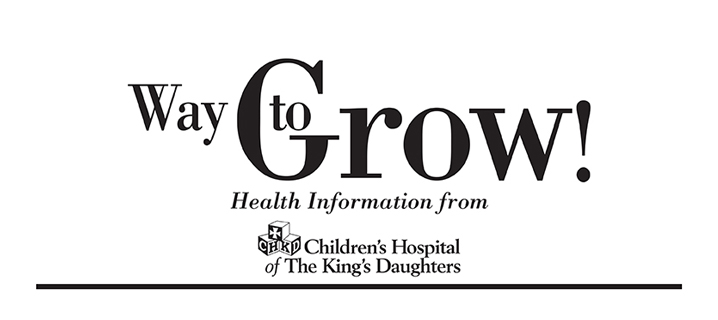
Pectus Excavatum
Pectus Excavatum
"Sunken Chest"
Definition
Pectus excavatum or “sunken chest” is a depression in the chest. The depression may be in the center of the chest or more pronounced on one side (asymmetrical). You may also hear the terms “cup,” “saucer-shaped,” “horns of steer,” or “elongated” used to describe this condition.A child can be born with pectus or develop their pectus during their pubertal growth spurt. The pectus may become more severe with growth spurts.
Evaluation
A grading system is used to describe the extent/depth of the pectus: mild, moderate or severe. Not all sunken chests require corrective surgery. Mild depressions can often be helped by exercise and/or a posture "Figure Eight" brace. These techniques strengthen the chest’s wall muscles and help to improve posture. Moderate to severe depression may require corrective surgery. The pectus depression can squeeze or crowd the heart and lungs. These children may have difficulty catching their breath, tire easily, and/or complain of chest pain during exercise. We can determine the “grade” (severity) of the pectus by calculating the Haller index from your child’s cardiac/thoracic MRI or CT scan of the chest.
Early evaluation by a pediatric surgeon is beneficial. Bones are softer in young children and more easily reshaped. Specific exercises or use of a brace can be helpful for children with a mild to moderate depression. As the pectus worsens and the child approaches the teenage years, the bones become harder. This can make it more difficult to raise the sternum up allowing more room for the heart and lungs. However, surgery can be successfully performed on patients through adulthood.
Treatment
When necessary, your child’s health care provider will refer you to a pediatric surgeon who will carefully evaluate your child’s chest. Photographs , chest measurements, breathing tests, special x-ray studies, and an evaluation by a cardiologist (heart doctor) may be ordered. The surgeon will then discuss with you the best treatment plan for your child (breathing exercises, posture brace or surgery).
Disclaimer: This information is not intended to substitute or replace the professional medical advice you receive from your child's physician. The content provided on this page is for informational purposes only, and was not designed to diagnose or treat a health problem or disease. Please consult your child's physician with any questions or concerns you may have regarding a medical condition.
Reviewed: 05/2018